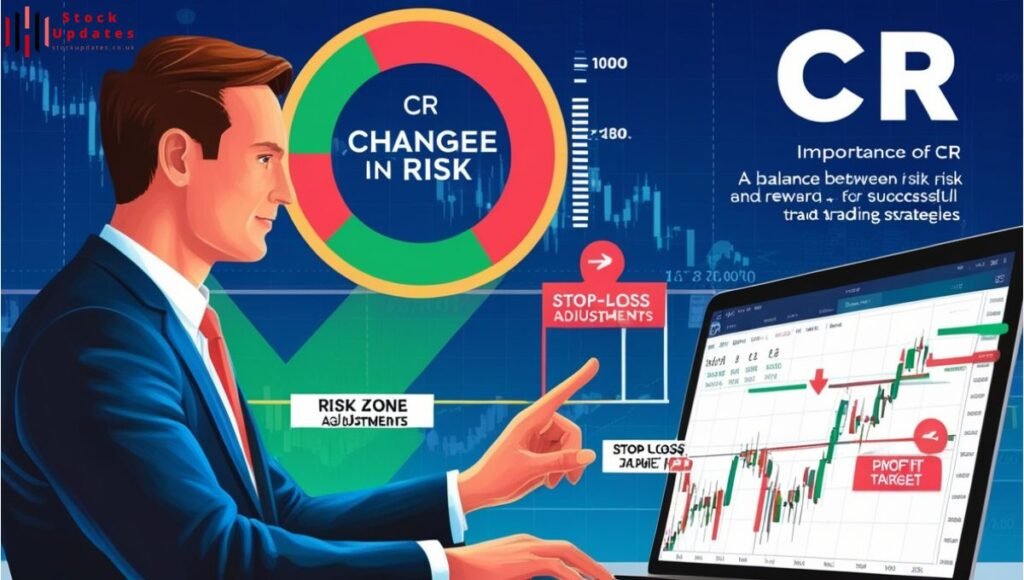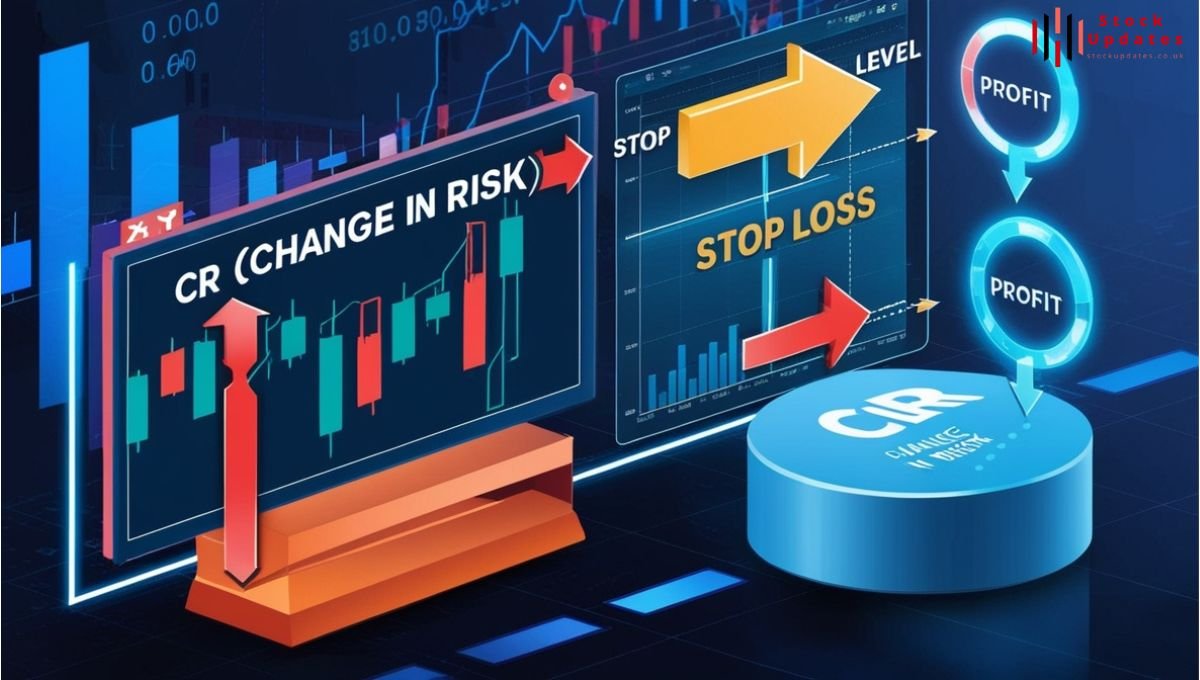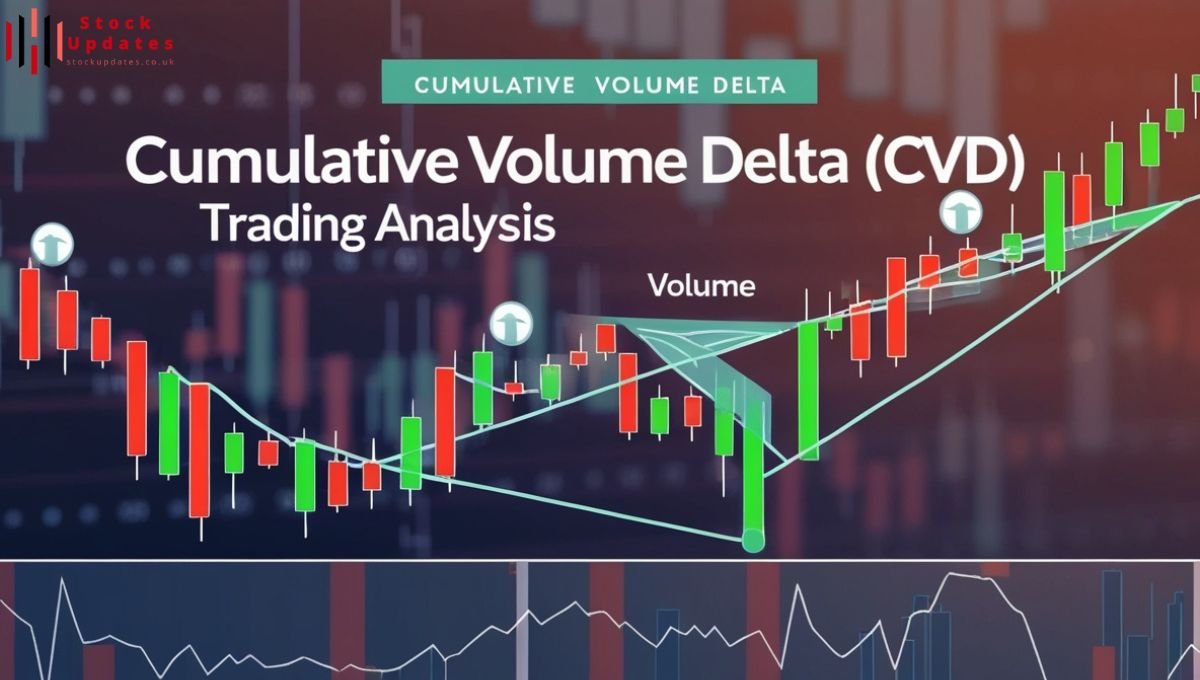What Is CR in Trade: A Comprehensive Guide
As already mentioned in the context of trading, countless notions and terms facilitate traders in their decision-making processes. What Is CR in Trade is one such critical term and it represents Credit Rating in trade finance. It has an essential function of maintaining trust and helping trading parties have simplified transactions. CR therefore is the subject of this blog, with a deeper understanding of the meaning, importance and ways it affects trade being provided below.
What is CR in Trade?
What Is CR in Trade also known as Credit Rating is used in trade to measure the credit reliability of an individual, company or a government. It gives an indication on the ability of the entity in updating the funds to meet the financial commitments like paying back the loans or paying bills. Credit ratings are assigned by credit rating agencies and are typically formatted using alphabets, for example letters (AAA, BBB and so on) or through numerical values.
Key Components of Credit Ratings
1. Financial Stability
Looks at the following factors; the liquidity of an entity, the profitability of an entity and the debt position of an entity.
2. Past Payment History
Records information connected with the payment of earlier debts.
3. Market Conditions
Studies economic factors that may affect the position of the entity on the financial market.
4. Operational Efficiency
Assesses the efficiency of utilization of its resources by the entity.
Credit reports are as important as for assessing bona fide of counterparties as for an opportunity to get a financing proposal, negotiate with creditors, and minimize risks.
Importance of CR in Trade

Credit ratings also play tremendous role in the trading processes. Below are some of the reasons why CR is indispensable in trade:
1. Risk Assessment
To the importers and exporters, CR is an assessment tool that measures risks. Credit rating, high indicates low risk while a poor credit rating in a particular country implies some level of risk within that country.
2. Financing Access
Currently, a number of banks and financial institutions use the CR as a measure of assessing whether or not to extend credit to its customers or buyers. Possessing a favourable credit status, one can access attractive credit facilities, which improves ability to expand and invest.
3. Improved Negotiation
A strong CR enables the business organisation to discuss and obtain improved payment terms from the trade partners. For instance a business might be granted longer credit period or lower interest costs in case the business has got high credit status.
4. Market Reputation
Credit ratings improve the image of an entity in the market. Higher ratings make higher profits because other entities would consider such a business more capable of delivering their services and products.
5. Compliance with Regulations
Credit rating in global trade: Some countries and many financial institutions require credit rating in a bid to meet international standards and avoid high risks of default.
How They Arrive At the Credit Rating
Credit rating agencies involve Moody’s, standard and poor’s (S&P), and Fitch Rating and they assess entities based on expansive guidelines. Below is a general overview of how they assign ratings:
| Step | Description |
| Data Collection | Gathering financial reports, market analysis, and economic data. |
| Qualitative Analysis | Examining business model, industry trends, and management practices. |
| Quantitative Analysis | Analyzing financial ratios, debt levels, and liquidity metrics. |
| Rating Committee | Reviewing findings to finalize and assign the credit rating. |
| Publication | Publishing the credit rating along with supporting rationale and methodology. |
What Is CR in Trade Credit ratings are reviewable and can be updated at any one time to capture the practices of that particular entity and the global market trends.
Types of Credit Ratings
Credit ratings are broadly classified into two categories:
1. Investment Grade Ratings
These ratings symbolize lower credit risk and are well accepted by risk–averse investors in the economy. Examples include:
- AAA: Highest creditworthiness.
- AA: Very strong creditworthiness.
- A: Strong creditworthiness.
- BBB: Adequate creditworthiness.
2. Speculative Grade Ratings
These ratings indicate higher possibilities of default and therefore may bring better yields. Examples include:
- BB: Slightly speculative.
- B: Highly speculative.
- CCC: Substantial risk.
- D: Default.
CR role in international trade
As for the subject of international business or trade, CR becomes very important owing to the challenges as well as uncertainties involved in the cross-border transactions. It ensures:
1. Trust between Parties
What Is CR in Trade Through the assessment of credit risk therefore, credit risk informs trust between the importer and exporter.
2. Ease of Payment Terms
High credit risk can result into acceptance of credit sales where payment is made through letters of credit or trade credit insurance.
3. Mitigation of Political Risk
Parent-company recognization can consider political risks in often unstable political environments to enable an entity on how to operate amid unpredictable situations.
Some difficulties experienced when working with credit ratings
While credit ratings are valuable, they are not without challenges:
1. Bias in Ratings
It is for this reason that ratings can be tinged with the rationals of the issuer, personal bias or conflict of interest.
2. Lagging Indicators
There are many times when credit ratings, do not accurately depict the constantly changing financial position of a business or an individual.
3. Overreliance on Agencies
Total reliance on ratings may cause some important risks to go unnoticed.
4. Costs Involved
Credit rating is costly, and even more so for small to medium businesses (SMEs).
Enhancing CR for Businesses

Better credit ratings can ensure new sales opportunities in trading. Here are some steps businesses can take:
1. Maintain Financial Discipline
To be specific, customer should pay the debts as soon as possible and should not have an insufficient cash flow.
2. Diversify Revenue Streams
This should be done by avoiding the concentration of income earning activities to a single sector in order to minimize risks.
3. Strengthen Operational Efficiency
Maximize the company efficiency for better revenue achievement.
4. Transparent Communication
Be straightforward to other stakeholders involved in the company.
Conclusion
Credit Rating (CR) is now an important element of today’s trade as it gives certain level of assurance depending on credit worthiness of the trading partner. Perhaps its significance can be better understood when it comes to financing, risk minimizing or in general. However, businesses need to adopt another perspective engaging in What Is CR in Trade while recognizing its advantages as well as its drawbacks.
So observing and managing the credit ratings effectively, the traders will be more confident and successful in the trading world.
Read more about Trade and other categories at stock updates.
























Post Comment